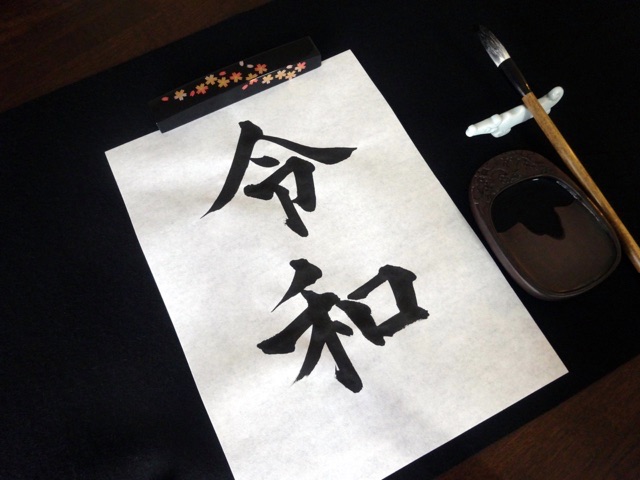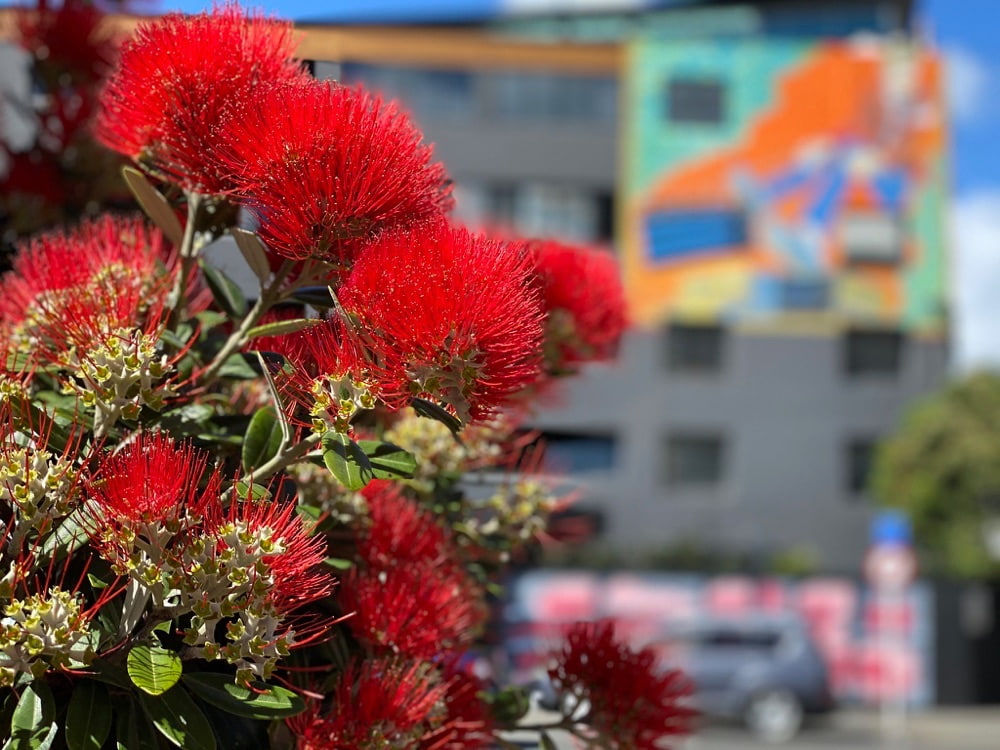新しい元号が発表になりましたね。「令和(Reiwa)」です。
「元号」を英語で何て言うのか、考えたことはありますか?
海外の人と話すときには元号ではなく西暦を使うので、私はこれまで「元号」を英語で何と言うのかすら考えたことはありませんでした。
そこで今回は、新元号の報道から「元号」「新元号」にまつわるお話です。
「元号」を英語で言うと?
新元号発表の報道で使われていた「元号」の英語表現は、
era name
imperial era name
name of an era
を多く目にしました。
“era” は「時代」という意味ですが、日本の「元号」による時代区分にも “(imperial) era” が使われるんですね。
- The name of the era of Japan’s soon-to-be-emperor Naruhito will be “Reiwa”, the government announced on Monday.(stuff.co.nz)
- Japan says next emperor Naruhito’s era name is Reiwa(stuff.co.nz)
- Prime Minister Shinzo Abe’s government later today will unveil the era name, or “gengo,” for Naruhito’s reign.(nzherald.co.nz)
- The country had been anxiously awaiting the new era name, or “gengo,”(reuters.com)
“name of new era”、”new era name” で「新元号」ということですが、「日本の新しい元号」と明確に言うなら、
Japan’s new era name
name of Japan’s new era
でいいと思います。
ちなみに「令和」はなぜ “Leiwa” ではなく “Reiwa” なのかと言うと、日本の公文書で使われる「ローマ字」には「Le」という表記がないからです。ローマ字の「ら行」は「L」ではなく「R」なので、”Reiwa” という表記になります。
新元号「令和」を英語に訳すと?
「令和」の英語訳の前に、「平成」の意味を英語で表すと、どうなると思いますか?
漢字の意味の説明って難しいですよね。私は海外の人から聞かれて困る質問の1つが「この漢字ってどんな意味なの?」という質問です。「山」みたいに簡単に説明できる漢字なら困らないのですが、いくつか意味があったり、一言で言い表せないことも多くて、漢字の意味を英語で答えるのって難しいなといつも感じます。
そんなことを思いながら「平成」の意味を、多くのメディアが “achieving peace” と訳していて「なるほどー」と思いました。
“achieve” は「(頑張って)成し遂げる、達成する」という意味なので「平成」って改めて考えてみると、すごくいい元号だなと思いました。
話は逸れましたが「令和」の意味は、私が見た中では、平成のようにスッキリした訳を載せているものは見当たりませんでした。日本語での解釈も1つではないですし、確かに難しいですよね。
そこで、海外メディアは「令」と「和」それぞれの漢字が持つ意味をこんなふうに紹介していました↓
令 → good、beautiful、auspicious、good fortune
和 → peace、harmony
「令」と言えば “order” や “command” という意味を思い浮かべがちですが、それも載せつつ同時に上のような解釈を掲載しているメディアもありました。
ちなみに “auspicious” とは「吉兆(よいこと、めでたいことが起こる前ぶれ)の」という意味だそうです。

さらに、首相や官房長官の言葉を英語に訳したものや、出典の万葉集の文言を英語に訳してあったものがあったので、少しだけ紹介します↓
- “Like the flowers of the plum tree blooming proudly in spring after the cold winter, we wish the Japanese people to bloom like individual flowers with the (promise of the) future. With such a wish for Japan, we decided upon ‘Reiwa.'”(cnn.com)
- “Like the plum flowers that beautifully bloom, heralding the arrival of spring after a severe winter, each one of the Japanese people can bloom their own flowers with a hope for tomorrow,” Mr. Abe said.(nytimes.com)
- Mr Abe highlighted the positivity of the new name, explaining that it reflected how culture is born and grows when people come together and “care for each other beautifully”.
- The characters are taken from one particular poem referencing plum blossoms that reads: “It is now the choice month of early spring; the weather is fine, the wind is soft. The plum blossoms open – powder before a mirror; the orchids exhale – fragrance after a sachet.”(telegraph.co.uk)
こういった古典の歌を英語で説明するのってとても難しいと思うので、英語で新元号を説明するときの言い回しの参考になればと思います。
新元号発表で気になった英単語
今回の新元号発表のニュースを読んでいて、私が個人的に「へー、英語でそう言うんだ」と思った表現があります。
それは、菅官房長官が掲げた「令和」と書かれた額(?)を表す英単語です。これ、あなたならどんなふうに英語で言いますか?
実はこれ、私が見た多くのメディアが “placard” と訳していました。
- Yoshihide Suga, the chief cabinet secretary, held up a framed placard with the era name written in two calligraphic black kanji symbols on white paper.(telegraph.co.uk)
- Crowds watching giant television screens across Tokyo roared and raised their phones to take photos as a somber Chief Cabinet Secretary Yoshihide Suga held up a white placard with the new name – Reiwa – written in two characters in black ink.(reuters.com)
“placard” はデモ行進のときに手に持つプラカードなんかによく使われる単語ですが、あの「令和」と書かれた額も “placard” なんですね。勉強になりました。
■「(生前)退位する」「即位する」「上皇、上皇后」「皇太子」「皇嗣」を海外メディアは英語でどう表現していたのかは、以下のコラムで紹介しています↓











